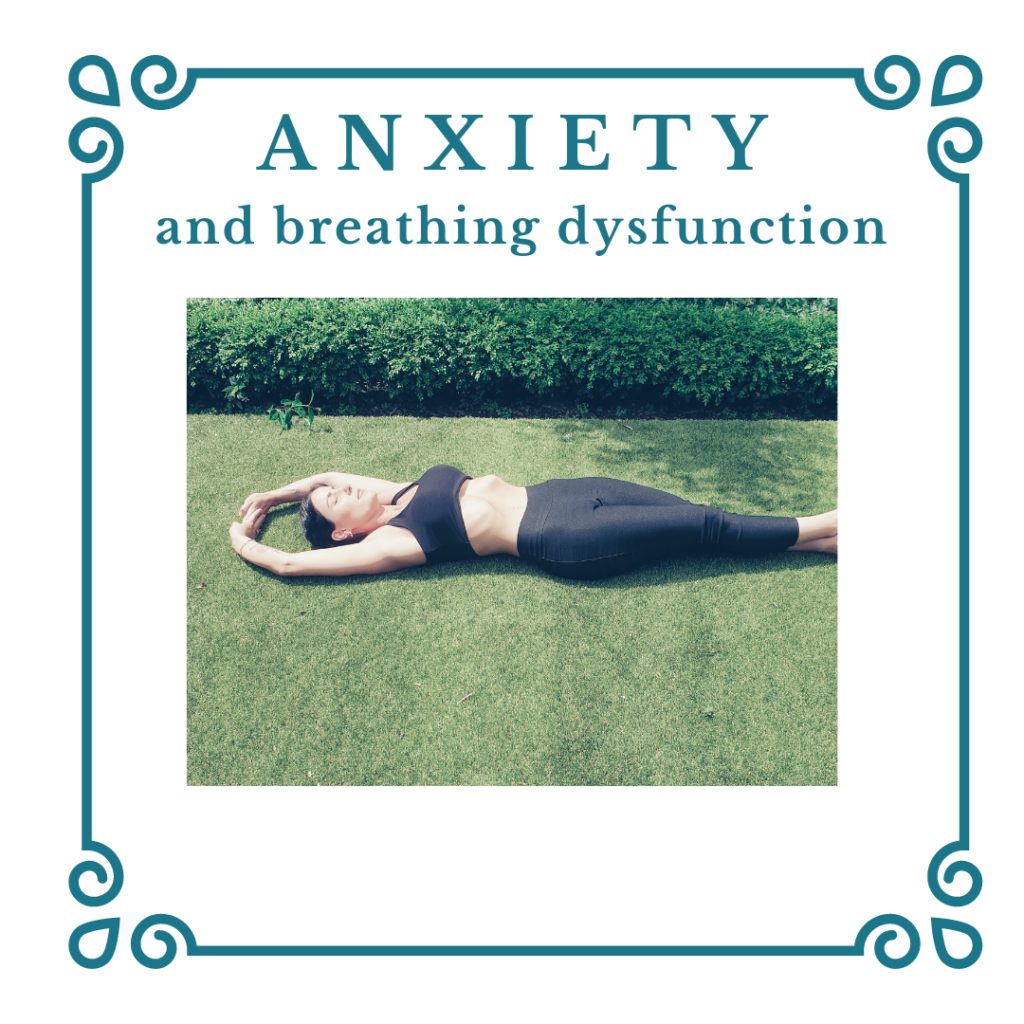A N X I E T Y and breathing dysfunction have proven time and time again to have a close link.
I would go out on a limb and say that 99% of people who suffer from anxiety have some form of breathing dysfunction.
This can appear as hyperventilation syndrome, shallow breathing, complete belly breathing, shortness of breath, faster respiratory rates, irregular breathing patterns and the list just goes on.
The way we breathe has a huge implication on our mental state, and vice versa.
Hypopressive exercise can provide a tool for those who suffer from anxiety to better manage their breathing by learning an optimal breathing pattern and a new exercise technique that both calms your mental state and increases your resipratory function at the same time. And yes it tones the abdominals too.
The diaphragm is the main muscle used in respiration. Those who suffer from anxiety often have dysfunction in their diaphragm. This then constricts the vagus nerve which directly passes through this beautiful muscle. The vagus nerve is responsible for 75 percent of our parasympathetic nervous system including the REST (relax) and digest process. So you can see how dysfunctional breathing, means a dysfucntional diaphragm, which means dysfunction in the operation of the vagus nerve, which means your rest (relax) and digest process does not complete the way it should, leaving you feeling left in the fight or flight process aka anxiousness.
After releasing the diaphragm (also knows an the muscle of the soul) via Hypopressives, you can feel a variety of emotions. I personally feel zen, energised and extremely happy. However, it is common for those who have trapped emotions within this beautiful muscle to feel an outpour of emotions along with that sense of release and calm. That is a natural part of the healing process.
These breathing techniques can then be applied in times of need.

